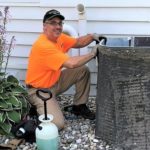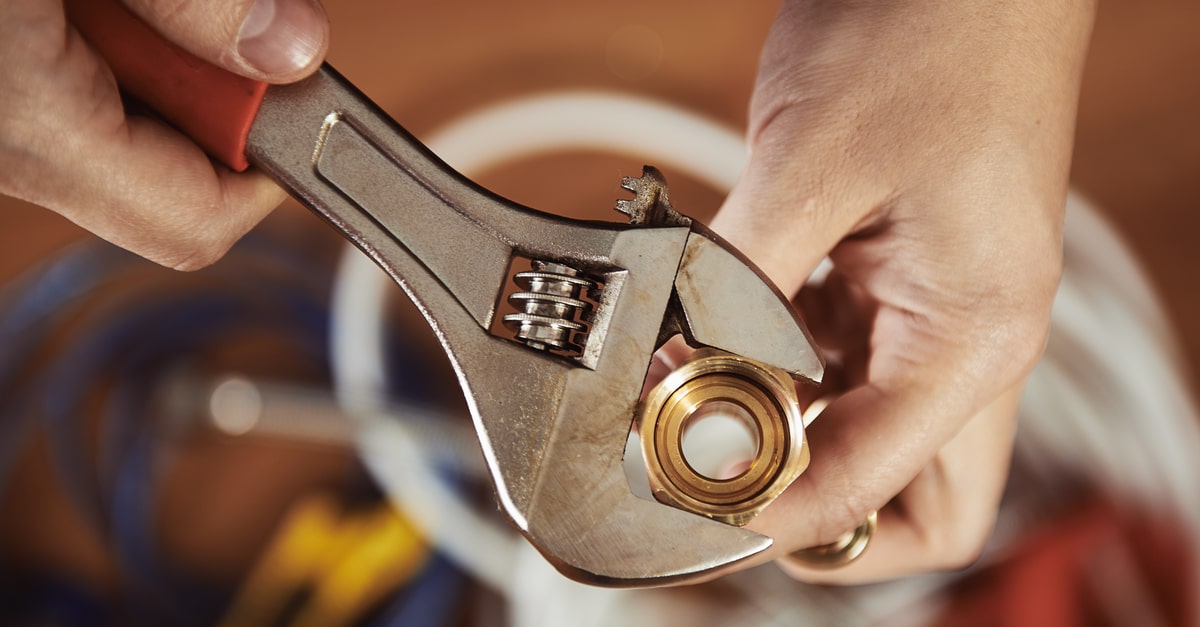Among the new types of water heaters available today, the conventional tank-type unit is still the most popular. Of these hot water storage units, approximately half of them are gas-fired and the other half are electric. Any plumber will tell you that electric water heaters are the easiest to install, but not everyone knows how to fix one when it breaks down.
In America, we will replace about 1.5 million water heaters each year simply because they are not performing as expected. How many of these units could be repaired, thereby extending their useful life? In this article, we will identify the main components of an electric water heater, explain how they work together to provide hot water for a home, and describe what can be done to get better performance utilizing an electric water heater thermostat.
Water Heater Elements
The device that converts electricity into heat inside of a water heater is the element. It’s basically an electrical resistor. When electricity flows through the element, it gets extremely hot. Since the element is immersed in the water, it transfers the heat to the water until it reaches a specific temperature (typically 120 degrees).
Elements come in different shapes to improve their performance and longevity and are sized according to wattage. The most common size is 4500 watts, with 3500 and 5500 watt versions also available. These sizes are not interchangeable, but are specified on the rating plate of every water heater.
Electrical Water Heater Thermostats
The upper thermostat is the main control component for most water heaters. It controls both the upper and lower elements. A thermostat is essentially a temperature-activated switch. When the thermostat senses a water temperature below its set point, it will energize one of the elements in response to this “call for heat.”
The way the thermostat senses the water temperature is unique since it never comes in direct contact with the water. The back of the thermostat senses the temperature of the outer layer of the tank. It’s pressed tightly against it and is held in place by a clip. This metal-to-metal contact transfers heat from the water to the thermostat by conduction through the shell of the tank. All other parts of the tank are covered with insulation except for the two spots where the thermostats are mounted.
Most electric water heaters above 20 gallons have two thermostats that sense the temperature of the water in both the top and bottom of the tank. The upper thermostat is the boss and always tells the lower thermostat what to do.
Sequence of Operation
When you wake up in the morning and begin to use hot water, you effectively draw water off the top of the tank. As the hot water is dispensed, the heater simultaneously fills with cold water. Since that water is directed to the bottom of the tank through the dip tube, the lower thermostat senses a drop in temperature first.
It calls out to the upper electric water heater thermostat, and as long as the upper half of the tank is still hot, it will energize the lower element. In most residential units, the elements are only energized one at a time. If you only use a few gallons of hot water, the lower thermostat alone can handle the job. However, if you have a hard time waking up and need a long shower, or if there is a line outside the bathroom door, you may end up emptying the tank of all its available hot water.
This could happen, but not if the upper element has anything to say about it. When the water in the top half of the tank begins to cool off, the upper thermostat will take over to maintain the temperature of the exiting water before it disappoints the next bather.
A storage-type water heater carries what is called a “first-hour rating.” This rating is typically about 30% greater than the storage capacity of the tank. Since the elements become energized, as soon as they sense a drop in temperature, the heater begins making more hot water. In the span of an hour, you can get more than 50 gallons of hot water out of a nominal 40-gallon tank.
Limit Controls, Grounding and Pressure Relief
Every water heater includes a few safety devices to keep you from getting scalded by hot water, electrocuted or injured by an exploding tank. These pressure vessels are not to be trifled with, but most plumbers have nerves made of hard drawn copper, so they are not easily intimidated.
The upper electric water heater thermostat includes a high-temperature limit device that will disconnect power to both elements if it senses a temperature above 150 degrees. Water at this temperature will burn your skin in a hot second.
Water heaters, like all electrical appliances, have an equipment ground lug inside the wiring compartment at the top of the tank. This ground lug provides a low resistance path for current to flow in case the jacket of the heater becomes energized.
The relief valve is arguably the most important safety device in any pressurized heating system. If the thermostat fails and the high-temperature limit doesn’t shut down the heater, the pressure relief valve will prevent the unit from causing any real damage. If it senses a pressure above 150 psi or a temperature above 210 degrees, just below the boiling point of water, it will open, allowing that pressure to be relieved in a controlled, rather than explosive manner.
All these safety devices should be checked periodically as part of routine maintenance to keep the heater running safely and trouble-free.
Improving Your Heater’s Performance
The biggest thief robbing a water heater of efficiency is sediment. Sediment is formed out of minerals like calcium and magnesium that are found in hard water. These undissolved minerals, along with any sand that might be suspended in the water, collect on the bottom of every tank-type water heater, reducing its capacity to store hot water.
This crusty layer of elements affects gas-fired and electric heaters in different ways. In the electric units, the sediment builds up until it buries the bottom element. It displaces the cool water that normally surrounds the element causing it to overheat.
A homeowner may not even notice that the element has failed, only that the water heater just doesn’t seem to keep up anymore.
Regular Maintenance of a Water Heater
Diagnosing and replacing a failed bottom element is a very common repair, but to prevent it from happening again, the sediment, or as much of it as possible, should be flushed out. Periodic flushing of sediment could have prevented the repair altogether and will keep the heater operating at its maximum capacity.
One recommendation a plumber might make would be to install a sediment filter if sand is present at the bottom of the unit. If minerals seem to be building up quickly, installing a water softener would also be a great idea. These measures will capture the sediment and remove the minerals from the water before the tank ever sees them.
Another common problem, that could be mistaken for a tank leak, is a dripping relief valve. While there is more than one cause for this, it’s commonly an issue with the valve itself. About half of the time, all one has to do is exercise the relief valve to stop the drip. If that doesn’t work, and you verify there is no overpressure or high-temperature condition, you simply replace the valve.
Repair Before Replacing
A little preventative maintenance goes a long way toward extending an electric water heater’s lifespan and repairs can yield higher margins for plumbers doing the work. Additionally, massive quantities of non-recyclable waste in scrapyards and landfills can be avoided. To learn more about how a water heater functions and how to troubleshoot and repair it, go to Interplay Learning’s Electric Water Heater Operation course.

Frank Garro
Interplay Learning Plumbing & HVAC Expert
Frank is Interplay’s resident plumbing and HVAC expert. While he began his career in the plumbing trade, his passion for HVAC led him to become an Associate Professor and HVAC Program Chair, at Ivy Tech Community College. Frank is a Licensed Mechanical, Plumbing and Electrical Contractor, and owns his own mechanical services company. As an educator, Frank is a firm believer in teaching the fundamentals and has a gift for simplifying complex concepts.










